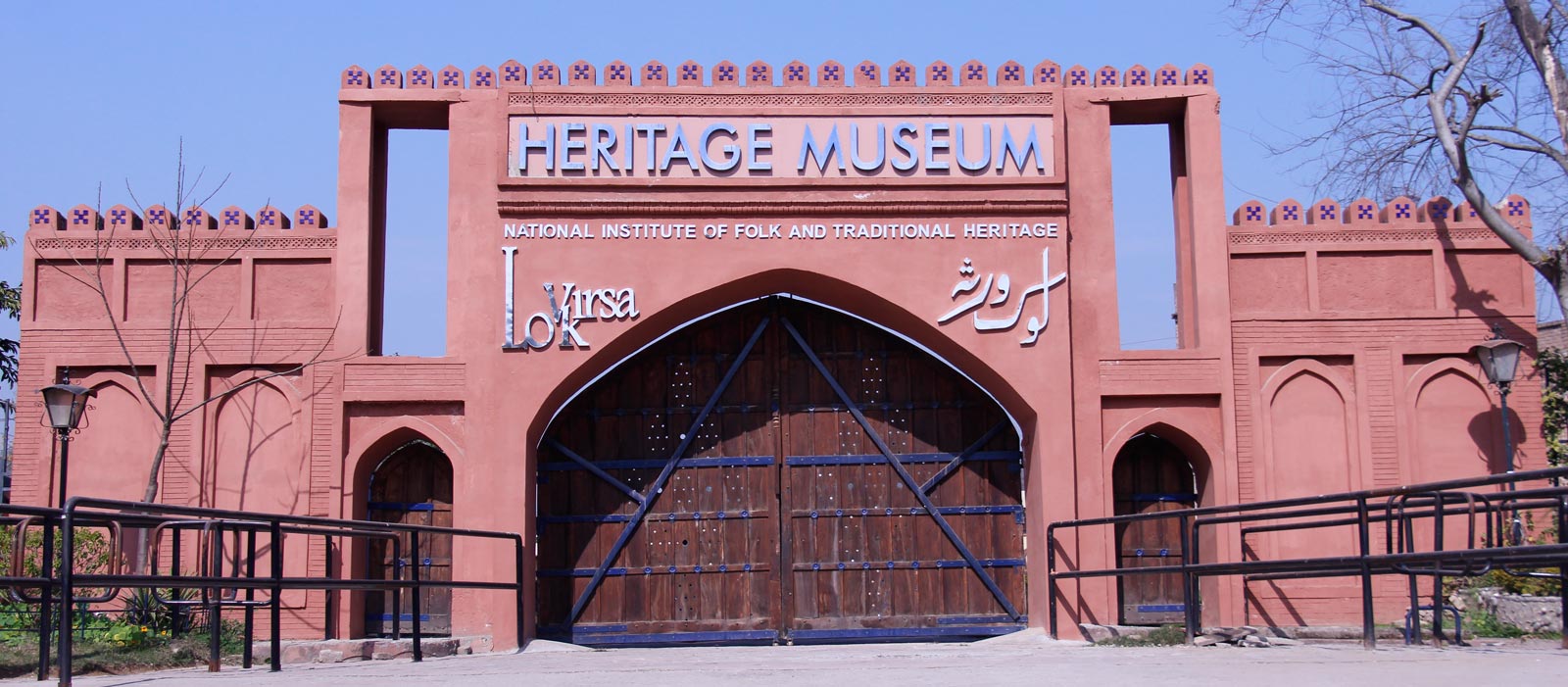
There are hundreds of countries in the world and thousands
of nations live in these countries. Each nation and each region has its own
customs and traditions. Their festivals, ceremonies, rituals, lifestyles, and crafts are very different from each other.
This diversity of cultures and civilizations has shaped the world.
There is
such an attraction in folk traditions, customs and crafts that the people of
the area themselves may not find them so attractive and attractive, or so it
should be said that this culture is a part of their daily life.
It may be that they themselves do not realize its beauty, but for strangers these folk traditions, customs and lifestyles are a source of great surprise and interest. It is universally acknowledged that the preservation and promotion of traditional civilization, folk art and folk heritage helps in highlighting the identity of any nation. As with They are like two wheels of a car, which are very important to keep in tune with each other.
In Pakistan too, we see different styles of culture scattered like the
colors of dhank. Whether it is the
snow-capped areas of the north, remote areas of Baluchistan, the settlements in
the embrace of the remote Rocky Mountains, the villages of Sindh or the fields
and orchards of the Punjab, each region and each region has its own glorious
traditions. There are such artisans in
these remote and remote settlements that the handicrafts created by their hands
are second to none.
The artists who
create these patterns of painting and embroidery, weaving, and carving are
scattered all over Pakistan. It is a situation all over the world that the true
color of folk culture is seen in villages and towns. The hustle and bustle of
urban sprawl and the lure of industrial and material development obscure the
very essence of culture and customs as cities expand and rural areas
shrink.

The diversity of our customs and
culture is also becoming limited. Realizing this situation, the United Nations Educational, Scientific and
Cultural Organization (UNESCO) plans to promote and preserve the folk culture and
heritage around the world. In order to
preserve the cultural heritage of Pakistan, to make it known to the world and
to promote this folk heritage, an institution was set up in 1974 at the behest of
UNESCO, called the Institute of Folk Heritage.
The idea behind the establishment of this institution was that our
cultural heritage is, in fact, the door to our traditions that truly identifies
us. This National Institution of Folk Heritage is administratively based in
Islamabad and its head office and museum are located in the beautiful and
spacious location of Shakarparian in Islamabad, but its scope is spread all
over Pakistan.
Researchers from this institute go to every village, hamlet,
village, and population of Pakistan and get information from the elders and
ancient inhabitants there and then film, video and audio cassettes on the folk
tales, traditions, Preserve customs, games, spectacles, and songs. Collects
details about their crafts and the artists who created them.
They also collect samples of the handicrafts,
which are on public display at the Folk Heritage Museum in Islamabad. Folk
Heritage researchers travel from village to village to learn about local traditions,
culture, and customs.
The information I
collect is also compiled in book form and then published in different languages
so that the details about the folk heritage and the background of this
cultural heritage is preserved forever and for the future.
Historians and intellectuals can benefit from this cultural repository. The Folk Heritage Museum is a living history of our cultural heritage, with collections of regional handicrafts, games played in villages and towns in different parts of Pakistan, traditional children's toys, photographs of folk musicians and singers.
Folk Heritage has computerized all the craftsmen of Pakistan, details of
their crafts, and all their technical steps so that researchers can use them.
The second major branch of the Folk Heritage Foundation is the Folk Heritage
Publishing House. In addition to publishing books on various aspects of
Pakistan's culture, the publishing house publishes picture cards, video and
audio cassettes, and a lot of material about Pakistan's culture in book form.
The publishing house publishes cultural reviews for general readers, students, intellectuals and researchers. To prepare for these studies, folklore researchers spend several months in the areas where the book is intended to be written. Collecting information about oral traditions, folk songs, folk tales, customs, arts, mystics, and festivals, etc. of these areas, they are published in book form with historical references. Along with these cultural studies, folk songs sung at weddings, fairs, festivals, harvests, and happy occasions are recorded on audio and video cassettes and published in book form. Gathering an invaluable treasure of our glorious traditions and culture.


 Lunar Gaze is where you find news about current affairs, reviews of dramas, Science and Tech news and people opinions about different aspects of life.
Lunar Gaze is where you find news about current affairs, reviews of dramas, Science and Tech news and people opinions about different aspects of life.
No comments
Post a Comment